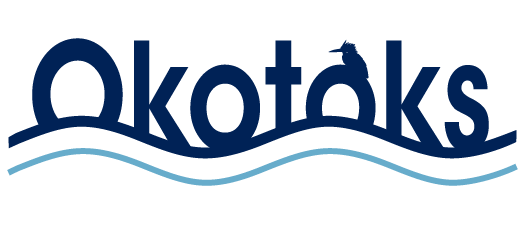Local improvements, such as lane and/or road paving, are enhancements typically initiated as a result of a citizen request. These projects are usually considered a greater benefit to a specific neighbourhood rather than the whole community. As such, they are paid for by a tax imposed on the properties affected by the project.
- Contact Engineering Services with your request using the contact information at the bottom of this page.
Engineering Services will provide you with specific local improvement information using the “Local Improvement Request for Information” form, which will include:
- a description of the proposed improvement;
- a description and map of intended improvement area;
- a list of the properties that will be affected by the improvement; and
- the overall estimated cost of the project.
